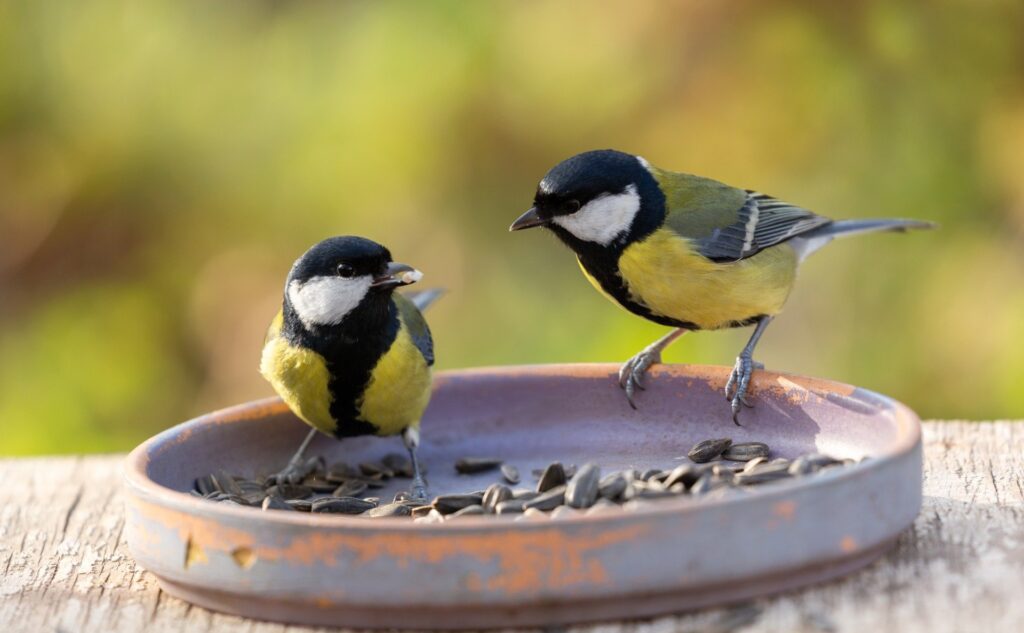
Recent research has uncovered surprising insights into the social dynamics of great tits, small yellowish songbirds commonly found in Europe. While these birds are known to form monogamous pairs during the breeding season, a study published on July 30, 2023, in the journal Proceedings of the Royal Society B, reveals that their relationships are far more intricate than previously understood.
The study, led by behavioral ecologist Adelaide Daisy Abraham from Oxford University, indicates that not all great tit pairs separate at the end of the breeding season. Some couples remain together throughout the winter, rekindling their bond in spring. In contrast, others begin to drift apart by late summer and eventually part ways during the fall and winter months. This complexity in their mating behavior suggests that the social lives of these birds are shaped by various factors beyond mere proximity.
Research Methodology and Findings
To explore these social relationships, Abraham and her team tracked individual great tits in woodlands near Oxford. The researchers attached small radio tags to the birds, which enabled them to monitor visits to several feeders over a span of three years. This extensive data collection revealed that the interactions between tit pairs were not as random as once thought. While initial mating may have been influenced by proximity, the decision to remain together appears to be driven by ongoing social interactions throughout the breeding season.
The findings highlighted a notable trend: signs of separation among tit couples began to appear as early as late summer, with this behavior becoming more pronounced during the winter months. “Those divorcing birds, they, from the start, are already not associating as much [at the feeders] as the faithful birds,” Abraham shared in a statement. “That only increases as the winter goes on.”
Implications and Future Research
Despite the intriguing findings, the study does not provide a definitive explanation for the factors leading to these separations. Questions remain about the success of divorced birds in finding new mates, their parenting behaviors, and whether competition influences their relationships. Abraham noted, “Following these individual birds across seasons and over many years allows us to see how relationships form and break down in nature in a way that short-term studies wouldn’t.”
The research team, including senior author Josh Firth from the University of Leeds, emphasizes the need for further studies to explore these causal relationships. Their work challenges the perception of avian social structures and suggests that there is significantly more complexity in bird behavior than meets the eye.
As research into the social lives of great tits continues, it serves as a reminder of the intricate dynamics present in nature. While discussions about non-human intelligence often gravitate toward more grandiose subjects, studies like this reveal that understanding the social structures of creatures here on Earth can be equally enlightening. The dynamics of tit fidelity and their social interactions provide a fascinating glimpse into the lives of these charming birds.







